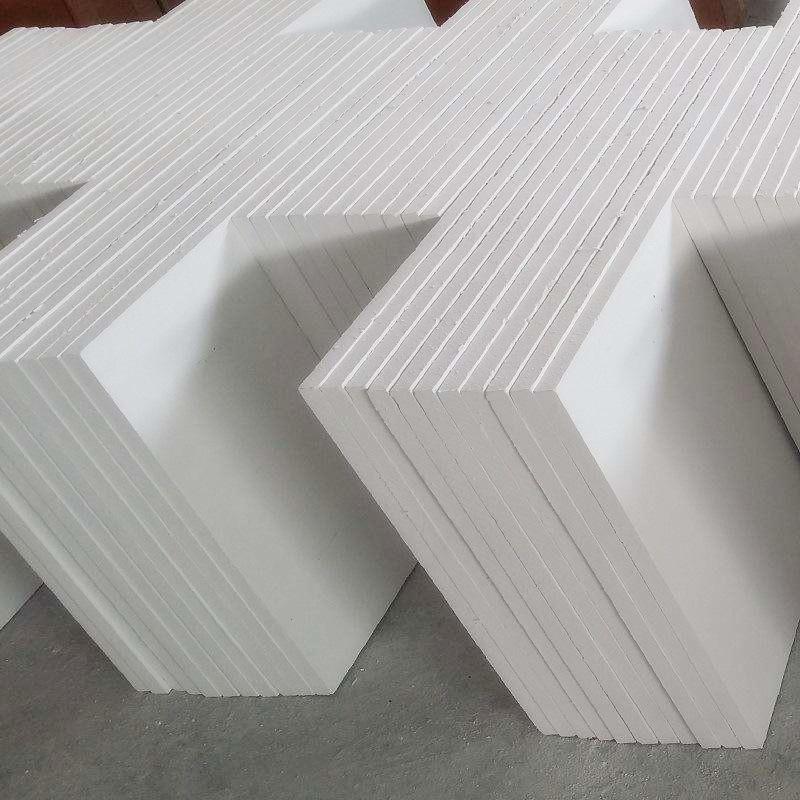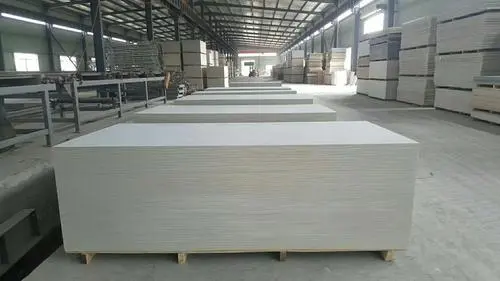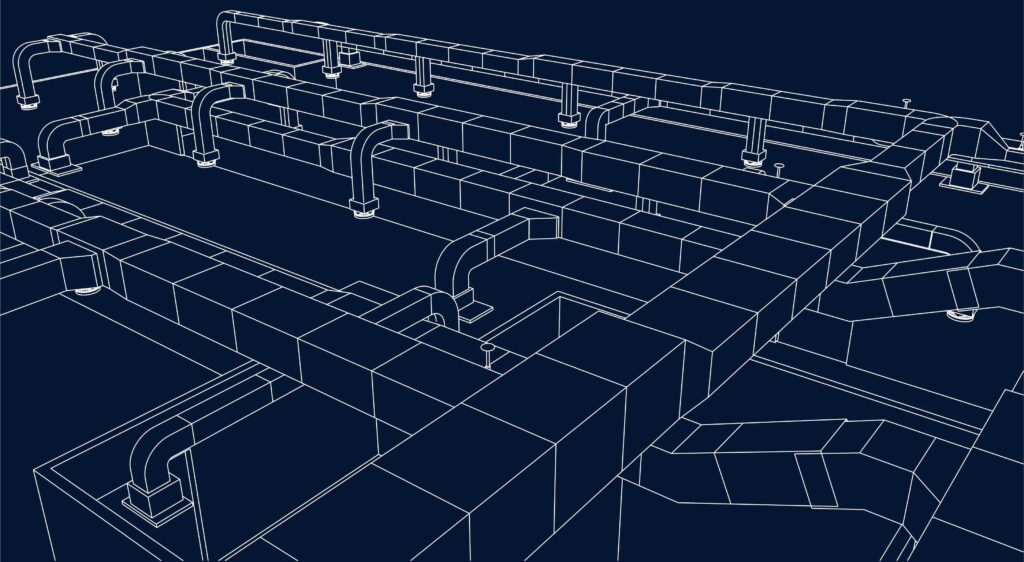1.Introduction
One such material, often neglected but extremely functional, is the calcium silicate board. From transport and storage to design and installation, we’ll dive into the best practices and preventative measures to guarantee you obtain the most out of these boards.
2.What are Calcium Silicate Boards?
Imagine a material that’s lightweight yet long lasting, resistant to fire and moisture, and versatile enough to be used in a variety of applications. That’s the magic of calcium silicate boards. Composed mainly of siliceous and calcareous materials, reinforced with fibers, these boards are extensively used in the construction industry for applications like fireproofing, insulation, as well as soundproofing.

The unique properties make calcium silicate boards an excellent choice for both interior and exterior construction projects. They’re easy to work with, environmentally friendly, and provide excellent long-term performance. Whether you’re a seasoned contractor or a DIY enthusiast, understanding how to use calcium silicate boards can open up a new world of possibilities for your projects.
3.Transportation and Storage of Calcium Silicate Boards
When it involves building and construction materials, how you deliver and store them can make a significant difference in their performance and life-span. This is particularly true for calcium silicate boards. Allow’s discover some key tips to ensure your boards remain in top condition from the moment they leave the factory to when they’re installed in your project.
- Indoor Storage: The Shield Against Elements
Sunlight, rain, high humidity – these are the natural enemies of calcium silicate boards. Storing the boards indoors shields them from these elements, preserving their quality and integrity. It’s a simple step, but one that can save you from potential headaches down the line.

- Proper Placement: The Foundation of Quality
Just as a building needs a solid foundation, so do your calcium silicate boards during storage. Place them horizontally on a hard, flat surface, preferably on a pallet. This ensures they maintain their shape and structure, ready for when you need them.
- Safe Transportation: The Art of Handling
Transporting calcium silicate boards requires a gentle touch. Avoid giving the boards any shocks or placing anything on them. When moving them, use a rope and backing plate at the corners to prevent damage. It’s all about treating them with the care they deserve.
- Stacking Height: The Balance of Safety and Convenience
While it might be tempting to stack your boards high to save space, safety should always come first. Keep your stacking height to 1 meter or less. This reduces the risk of accidents and also helps prevent any unnecessary pressure on the boards at the bottom of the stack.
- Avoiding Deformation: The Guard Against Gravity
Lastly, avoid storing the boards upright. This might seem like a space-saving solution, but it can lead to deformation of the boards over time. By storing them horizontally, you’re ensuring they stay in their original shape, ready to perform at their best in your project.
4.Precautions for Design and Use of Calcium Silicate Boards
Designing and using calcium silicate boards is not just about creativity and practicality. It’s also about understanding the material, respecting its properties, and knowing its limitations. Let’s delve into some key precautions to ensure your project’s success and longevity.
- Following Catalog Descriptions: The Blueprint for Success
Every material comes with its own set of instructions, and calcium silicate boards are no exception. The catalogs of the Association’s members provide detailed descriptions and guidelines that are crucial to follow. Think of them as your blueprint for success.

- Certified Products: The Assurance of Quality
When it comes to fire prevention, fireproofing, and sound insulation, certified products offer an added layer of assurance. They meet specific standards and have been tested for performance, giving you peace of mind in their reliability.
- Installation in Openings: The Art of Precision
When installing the boards in openings like doors, precision is key. Avoid cutting notches in the product as this can lead to cracks. It’s all about respecting the integrity of the material to ensure its performance and aesthetics.
- Dealing with Humidity: The Balance of Moisture
If the interior side of the product is highly humid, internal dew condensation may occur. To prevent this, ensure adequate ventilation. It’s about creating a balance, allowing the material to breathe while maintaining its quality.
- Heat Application: The Dance with Temperature
When the product is used in locations where heat is applied, consider the movement of the substrate and the product due to the heat. Make a hole larger than the diameter of the fastening hardware and fasten the product, allowing it to move naturally with the changes in temperature.
- Deformation Risks: The Guard Against Forces
Wind or earthquakes can cause deformation of the building, which may lead to cracks in the product. To mitigate this risk, provide expansion joints or take other measures to prevent the deformation force of the building frame from being transmitted directly to the product.
- Exterior Eave Ceilings: The Sky’s the Limit
For exterior eave ceilings, wind pressure calculations should be performed to determine the spacing and material thickness of the base. It’s about ensuring the structure can withstand the elements while maintaining its form and function.
- Other Precautions: The Final Check
Finally, remember that handrails and equipment cannot be attached directly to the product. Install on a strong base material. And never ride on the ceiling, eave ceiling, baseboard, or other installed products. These final checks help ensure the safe and effective use of calcium silicate boards.
5.Precautions for Installation of Calcium Silicate Boards
Installation is where your project comes to life. But it’s likewise a stage that calls for cautious attention to detail and respect for the material you’re working with. Let’s discover some key safety measures to ensure your calcium silicate boards are mounted appropriately and safely.
- Adherence to Installation Instructions: The Roadmap to Success
Installation instructions are your roadmap to an effective project. They give thorough steps and guidelines that are critical to adhere to. Whether it’s the direction of the fibers of calcium silicate boards or the placement of joints, each detail matters.
- Ceiling Installation: The Art of Ascension
When it comes to ceiling installment, the direction of the fibers of calcium silicate boards and the direction of the substratum should be orthogonal to each other. It’s about aligning the material as well as the structure in harmony, ensuring the stability and aesthetics of your ceiling.
- Handling the Product: The Gentle Touch
Handling calcium silicate boards requires a gentle touch. Avoid touching or rubbing the surface of the product, as this can cause scratches or shine. And remember, when carrying the product, stand it vertically and do not hold it horizontally. It’s all about respecting the material to maintain its quality.

- Disposal of Waste Materials: The Responsibility of Care
Construction projects inevitably produce waste. But it’s our responsibility to dispose of this waste in accordance with the law. Waste materials can be disposed of as “glass waste, concrete waste, ceramic waste” or “debris” in a stable landfill. It’s about caring for our environment as much as we care for our projects.
Construction projects inevitably generate waste. It’s our obligation to dispose of this waste in conformity with the regulation. Waste materials can be disposed of as “glass waste, concrete waste, ceramic waste” or “debris” in a steady landfill. It’s about caring for our environment as much as we care for our projects.
- Safety and Health Precautions: The Shield of Well-being
Safety should constantly be a priority in any construction project. When working with calcium silicate boards, take safety and security steps in accordance with the operating instructions. Use dust collectors, dust masks, dustproof glasses, and other protective equipment as necessary. It’s about ensuring the well-being of everyone involved in the project.
- Post-Installation Precautions: The Guard of Longevity
When your calcium silicate boards are installed, the care doesn’t stop. Stay clear of riding on the ceiling or any other mounted products. It’s about protecting the integrity of the installation, ensuring its durability and performance.
6.Conclusion
Working with calcium silicate boards is a journey of understanding, respect, and treatment. From the minute they’re transferred and kept, with layout as well as usage, to installment and beyond, each stpe requires attention to detail and adherence to best practices.
This guide has actually supplied you with a comprehensive collection of tips to assist you browse this journey effectively. Bear in mind, the key depend on understanding the residential or commercial properties of the material, complying with the provided instructions, and taking the essential preventative measures to ensure safety and longevity.
Whether you’re a skilled service provider or a DIY fanatic, we really hope these suggestions equip you to use calcium silicate boards properly in your projects. In the world of construction and interior design, it’s the materials we choose and how we use them that bring our visions to life. If you have any other question about how to use calcium silicate boards, We JMING BOARD are always there!


